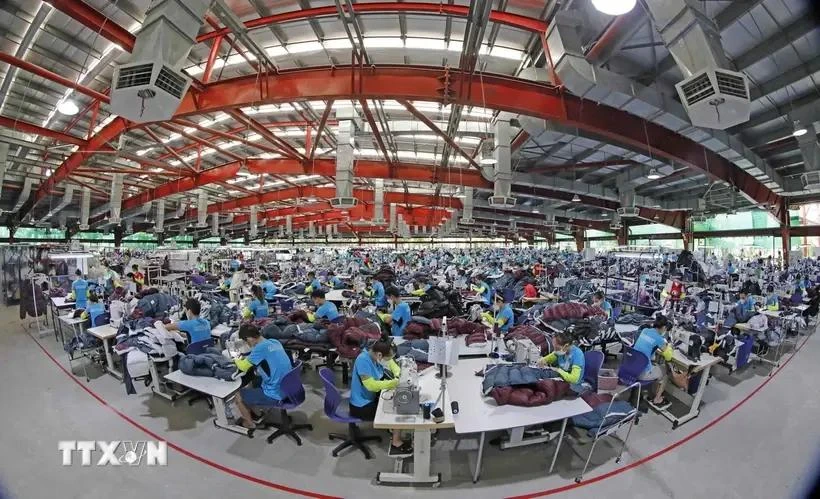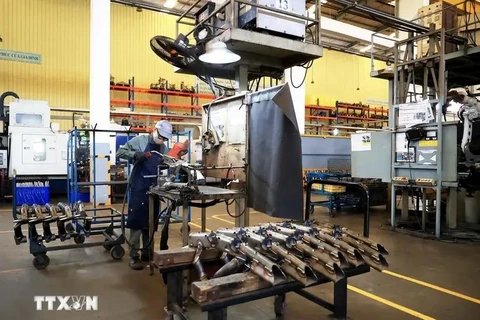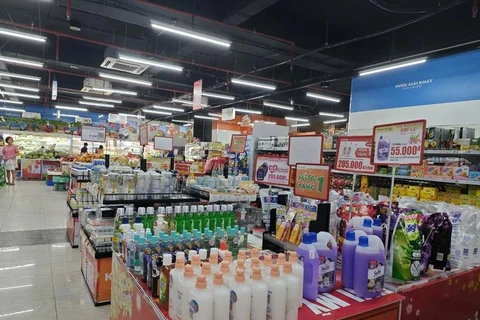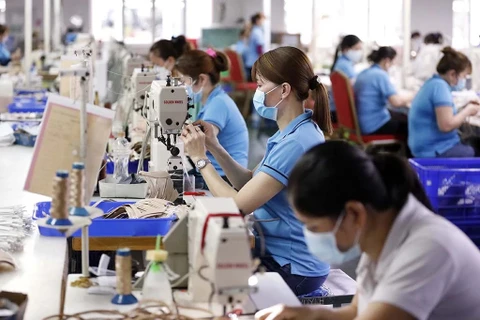
Washington (VNA) – Referred to as one of Southeast Asia’s ‘Tiger Cub’ economies for its export-driven growth model similar to the ‘Asian Tigers’ Singapore, the Republic of Korea, and Taiwan (China), Vietnam continues to experience strong economic growth, according to an article recently published on the Wilson Centre's website.
In its article, the Wahba Institute for Strategic Competition attributed this success to the Government’s efforts to pursue global economic integration and pro-market reforms. In addition, Vietnam’s relatively cheap labour costs have enabled it to become an attractive investment destination for manufacturing.
In the first six months of 2024, the total newly registered capital in Vietnam reached 15.2 billion USD, representing a 13.1% increase year-on-year.
In 2023, the US was Vietnam’s second-largest trading partner. Despite strong trade ties, the US foreign direct investment in Vietnam lags behind many countries in Asia. As of June 2024, the US ranked as the 13th largest direct investor in the country, with investments primarily in accommodation and food services, manufacturing, and processing. This represents 42.3% and 20.3% of registered capital, respectively. Major US companies like McDonald's, Apple, Intel, Citigroup, Nike, Chevron, Ford, Coca-Cola, and KFC have established operations in the country.
The Wahba Institute proposed four strategic sectors ripe for increased investments in Vietnam, including the semiconductor industry, which is expected to reach an estimated value of over 6.16 billion by the end of 2024. The pharmaceutical industry also has strong potential thanks to low-cost labour and rising domestic demand driven by the growing middle class.
Others include the telecommunications sector where foreign investors can join through joint ventures or by owning undersea fiber optic cables and selling their capacity to licensed telecom providers in Vietnam. Lastly, Vietnam’s extensive infrastructure projects, including port infrastructure, present opportunities for foreign investors.
According to the article, more can be done to increase trade and investment between the US and Vietnam.
On the US side, this includes joining multinational trade agreements of which Vietnam is a member. The US joining the Comprehensive and Progressive Agreement for Trans-Pacific Partnership (CPTPP) would be a significant step in this direction. The Indo-Pacific Economic Framework for Prosperity (IPEF) also presents an opportunity for a stronger economic relationship.
For Vietnam’s part, addressing bureaucratic hurdles, including a lack of transparency and clear regulatory requirements, could attract greater US investment.
To improve investor confidence, Vietnam could more clearly define which Government departments have jurisdiction over foreign investment and regulatory affairs, as well as implement appropriate legal frameworks to protect foreign investors. This is especially relevant to intellectual property, where coordination among ministries and agencies responsible for enforcement, is required, the article said./.






















